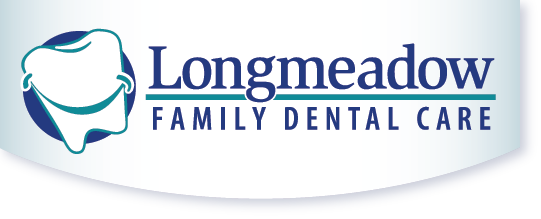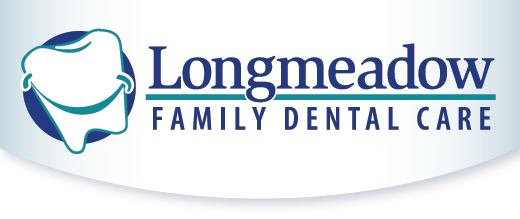Glossary
Our glossary features any dental term you need to know, from A to Z. Still confused about something? Give us a call — we’re happy to help.

- Residual RootRemaining root structure following the loss of the major portion (over 75%) of the crown.
- Resin, Acrylic Resinous material of the various esters of acrylic acid, used as a denture base material, for trays or for other restorations.
- Resin InfiltrationApplication of a resin material engineered to penetrate and fill the sub-surface pore system of an incipient caries lesion to strengthen, stabilize, and limit the lesion's progression, as well as mask visible white spots.
- Retail Store DentistryRefers to dental services offered within a retail, department or drug store operation. Typically, space is leased from the store by a separate administrative group that, in turn, subleases to a dentist or dental group providing the actual dental services. The dental operation generally(...)
- Retrograde FillingA method of sealing the root canal by preparing and filling it from the root apex.
- Retrospective ReviewA post-treatment assessment of services on a case-by-case or aggregate basis after the services have been performed.
- RevisionThe act of revising; second or more surgical procedure for correction of a condition.
- Risk PoolA portion of provider fees or capitation payments withheld as financial reserves to cover unanticipated utilization of services in an alternative benefit plan.
- RootThe anatomic portion of the tooth that is covered by cementum and is located in the alveolus (socket) where it is attached by the periodontal apparatus; radicular portion of tooth.
- Root CanalThe portion of the pulp cavity inside the root of a tooth; the chamber within the root of the tooth that contains the pulp.
- Root Canal TherapyThe treatment of disease and injuries of the pulp and associated periradicular conditions
- Root PlaningA definitive treatment procedure designed to remove cementum and/or dentin that is rough, may be permeated by calculus, or contaminated with toxins or microorganisms.
- Rubber DamA barrier technique used to prevent the passage of saliva or moisture, or to provide an isolated operative field.
- Salivary GlandExocrine glands that produce saliva and empty it into the mouth; these include the parotid glands, the submandibular glands and the sublingual glands.
- ScalingRemoval of plaque, calculus, and stain from teeth.
- Schedule Of BenefitsA listing of dental services and the maximum benefit amounts an insurer will pay for a given service. Specificity will vary by benefit plan.
- SealantA resinous material designed to be applied to the occlusal surfaces of posterior teeth to prevent occlusal caries.
- Second-Opinion Program An opinion about the appropriateness of a proposed treatment provided by a practitioner other than the one making the original recommendation; some benefit plans require such opinions for selected services.
- Sedative FillingA temporary restoration intended to relieve pain.
- Self-Funded PlanA benefit plan in which the plan sponsor bears the entire risk of utilization. Some plans may be partially self-funded, if the sponsor employs indemnified stop-loss insurance to protect against the risk of unanticipated higher utilization. Third party administrators may provide claims(...)

